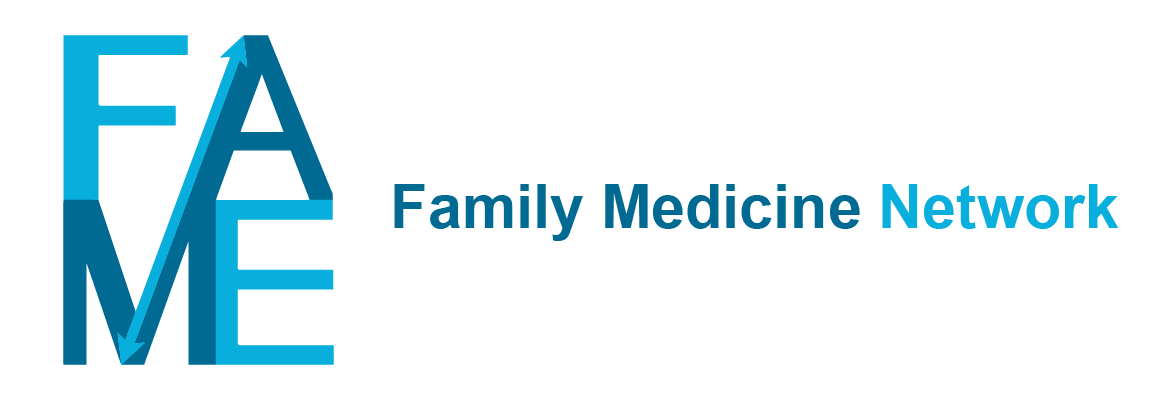Attention Deficit Hyperactivity Disorder (ADHD) is a condition affecting cognitive and behavioural functioning, leading to hyperactive behaviour and / or difficulties in concentrating. It originates in childhood, although sometimes it isn’t diagnosed before adulthood. ADHD often leads to problems in school or social functioning and may also affect emotional functioning. The aetiology of ADHD is unclear, but genetics play a role. Traumatic experiences at a very young age and low socio-economic status increase the risk of developing ADHD.
Impaired daily functioning is an obligatory criterion for diagnosis. The diagnosis should be based on extensive consultations, including developmental history, several observations and information from school or other organisations. This is usually done by a psychologist or psychiatrist, although a trained GP can also make the diagnosis.
The DSM-5 distinguishes the ADHD subtypes ‘combined type’, including both hyperactivity and inattention, and two less common subtypes, ‘predominantly inattentive’ (which is also named ADD) and ‘predominantly hyperactive-impulsive’ (in which hyperactivity and / or impulsivity predominates).
Treatment consists of the education of patients, caregivers and sometimes teachers. In addition, many cognitive-behavioural programmes exist in various forms, for example, those targeting individuals, groups, teachers, families, and so on. Psychostimulant drugs (e.g. methylphenidate) are also an important treatment option, either in addition to psychological interventions or as monotherapy.
Behavioural problems that do not meet the criteria for the diagnosis of ADHD are labelled (in children or adolescents) as ‘behavioural symptoms’, unless they occur as part of another condition, e.g. a psychiatric diagnosis (anxiety disorder, depression, oppositional defiant disorder) or a somatic condition (hearing or vision problems, medication side effects) and can be classified as such. In adults, ‘other psychological symptoms’ or another symptom diagnosis may be used to classify the problems if a diagnosis of ADHD cannot be made.
ADHD is recorded with the ICPC code P81, labelled ‘hyperkinetic disorder’. This code covers all variants of ADHD, including the ‘predominantly inattentive’ subtype.
ICPC code P22 is used for behaviour symptoms / complaints in children, and P23 for behaviour symptoms / complaints in adolescents.
‘Other psychological symptoms / complaints’ are coded P29.
In general practice, ADHD is typically diagnosed in younger patients. The incidence of ADHD is 2.8 per 1000 patient years, meaning there are three new diagnoses per 1000 patients in a year. It is most often diagnosed in patients aged 5-14 and 15-24 years, followed by those in the 25-44 years group. Only occasionally is it diagnosed in patients younger than five or older than 44. The incidence has typically been higher among boys / men than among girls / women, but the trend chart shows that the gender difference in new diagnoses has been disappearing in recent years. Link/Figure 1
In girls, the inattentive type of ADHD (without the hyperactivity) is more common, which is often less obvious for teachers and parents. Probably, the diagnosis has gained attention and teachers and parents have become more aware of it, both in girls and in boys. This is also reflected in the prevalence numbers. In the entire data period (2014-2021), the prevalence of ADHD is 17.3 per 1000 patient years. This means that out of 1000 patients, 17 contact their GP for ADHD each year. Prevalence is highest in the age group 5-14 (44.1 per 1000 patient years) and 15-24 years, followed by the age group 25-44 years.
The prevalence among boys / men is substantially higher than among girls / women, although they have come closer together in recent years. Link/Figure 2
The prevalence of ADHD has increased dramatically over the years. In data (not shown on the website) from 2005-2007, the prevalence of ADHD was only 0.3 per 1000 patient years. Data from before 2014 is available on request.
The higher prevalence relative to incidence indicates that ADHD requires GP attention over several years.
In most cases patients or caregivers present a suspected diagnosis of ADHD (P81) – “I think I / they have ADHD”. This is the initial RFE in 26% of episodes. Other common initial RFEs are a request for a referral to a psychologist (*66, in 13%) or psychiatrist (*67, in 9%), or a request for medication (*50, in 13%). Link/Table 3 No obvious differences among the sexes or age groups exist. Common symptoms presented as RFEs are problems with memory (P20) or feeling nervous / stressed (P01). In children and adolescents, instigation by someone else (*65) is the RFE in 5% of episodes, probably the teacher. Link/Table 4
In 11% of all ADHD episodes, referrals are made to a (paediatric) psychologist (Link/Table 5) and in 13%, to specialist care. Link/Table 6 Secondary care referrals mostly involve a psychiatrist and sometimes a psychotherapist or paediatrician. Link/Table 7 Primary care referrals to professionals other than a psychologist occur occasionally and include an (ortho) pedagogue. Link/Table 5 It should be noted that these percentages are calculated per calendar year and not on the basis of unique episodes, which makes the referral rates seem relatively low.
Combining annual referral rates with the prevalence / incidence proportion suggests that many patients with an episode of ADHD will be referred to a primary or secondary care provider at some point in the course of the disease.
In 69% of episodes of ADHD, medication is prescribed by the GP. Link/Table 6 The most commonly prescribed medication types are centrally acting sympathicomimetics (e.g. methylphenidate), in 64%. Other prescriptions include melatonin receptor agonists (in 4%) and other antidepressants (in 2%). Link/Table 8 Especially in the younger age group (5-25 years), medication (specifically psychostimulants) is more often prescribed to boys (Link/Table 9, Link/Table 10: 70% medication, 67% psychostimulants) than girls (Link/Table 11, Link/Table 12: 65% medication, 61% psychostimulants).
Dutch guideline: https://richtlijnen.nhg.org/standaarden/adhd-bij-kinderen#volledigetekst (2014)
Krull KR, Chan E. Attention deficit hyperactivity disorder in children and adolescents: Clinical features and diagnosis. In: UpToDate, Augustyn M, Blake D (Eds), UpToDate, Waltham, MA, 2023
